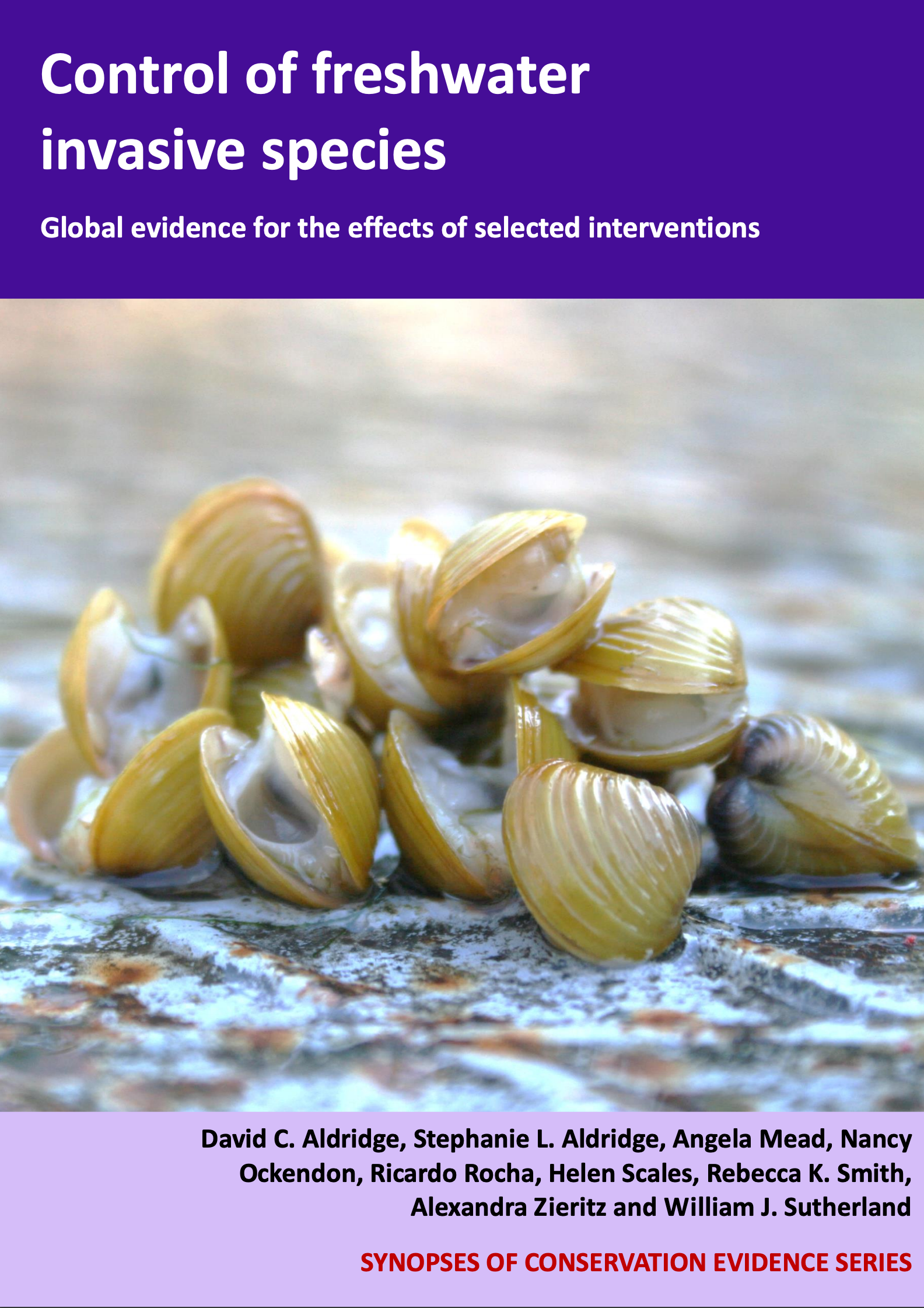Red-eared terrapin: Application of a biocide
-
Overall effectiveness category Unlikely to be beneficial
-
Number of studies: 1
View assessment score
Hide assessment score
How is the evidence assessed?
-
Effectiveness
15% -
Certainty
50% -
Harms
not assessed
Study locations
Supporting evidence from individual studies
A replicated, controlled laboratory study in 2005 in the USA (Sparling et al. 2006)found that application of glyphosate to the eggs of red-eared terrapins Trachemys scripta elegans reduced hatching success and the health of hatchlings, but only at the highest glyphosate concentration. Hatching success at the highest concentration of 11,206 ppm wet weight of glyphosate in Glypro and 678 ppm of the surface active agent LI700 was 73%, compared to hatching success of 80-100% in the lower concentrations and the control. Hatchlings from eggs that had been exposed to the highest concentration of glyphosate and surface active agent also weighed less both at hatching and at the end of the holding period, compared to those from eggs that had been exposed to lower concentrations. Eggs of red-eared terrapins were exposed to single applications of glyphosate and surface active agent, ranging from 0 to 11,206 ppm wet weight of glyphosate in Glypro and 0 to 678 ppm of the surface active agent LI700.
Study and other actions tested
Where has this evidence come from?
List of journals searched by synopsis
All the journals searched for all synopses
This Action forms part of the Action Synopsis:
Control of Freshwater Invasive Species
Control of Freshwater Invasive Species - Published 2017
Control of Freshwater Invasive Species Synopsis





)_2023.JPG)














